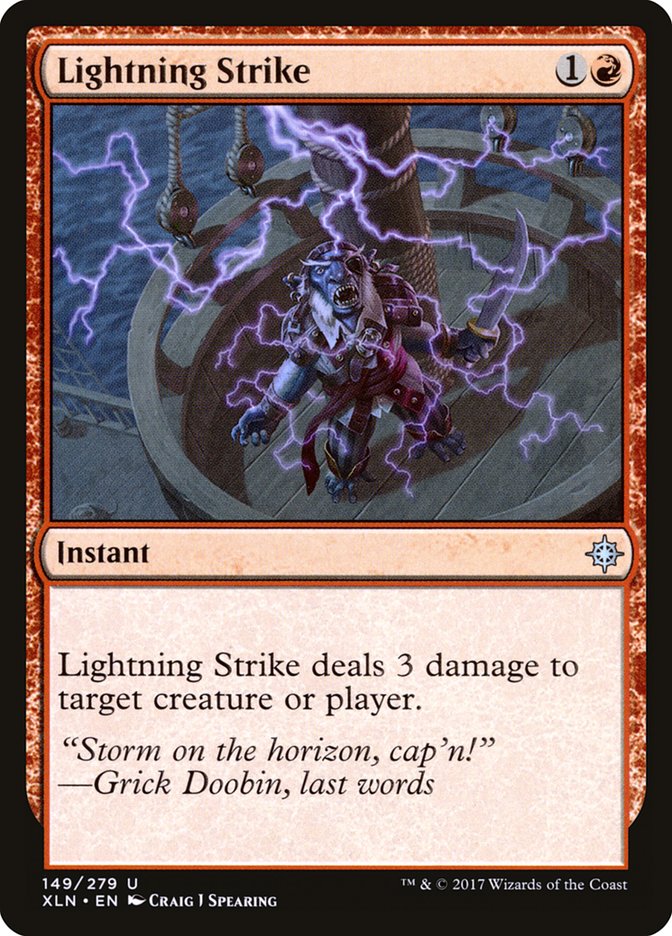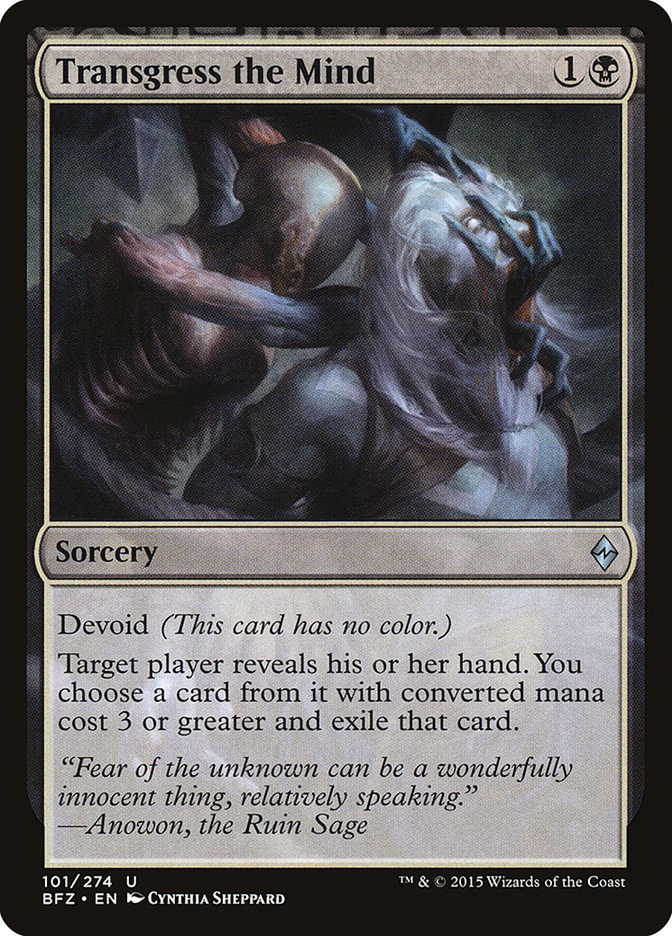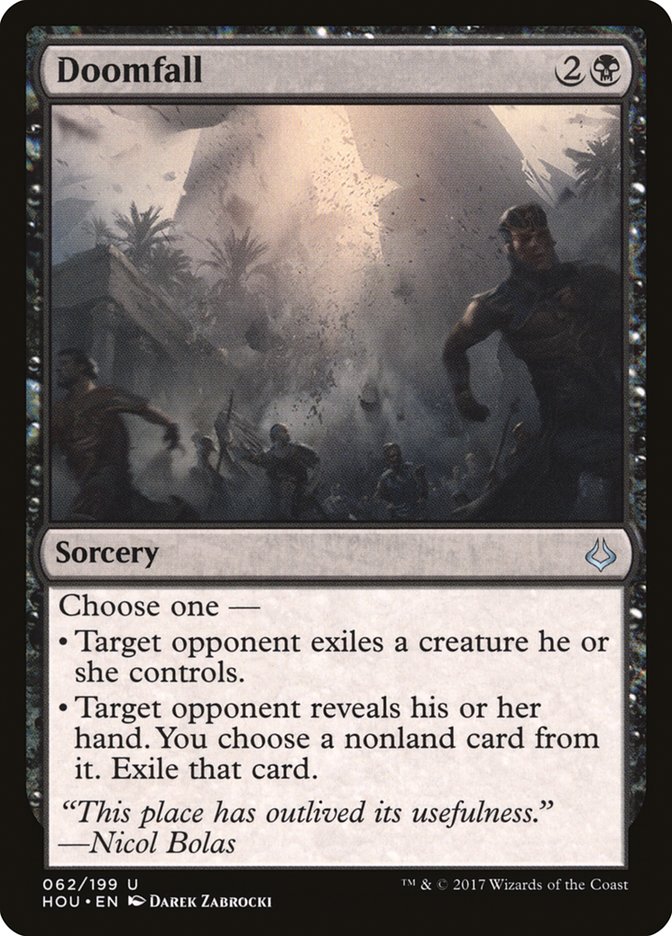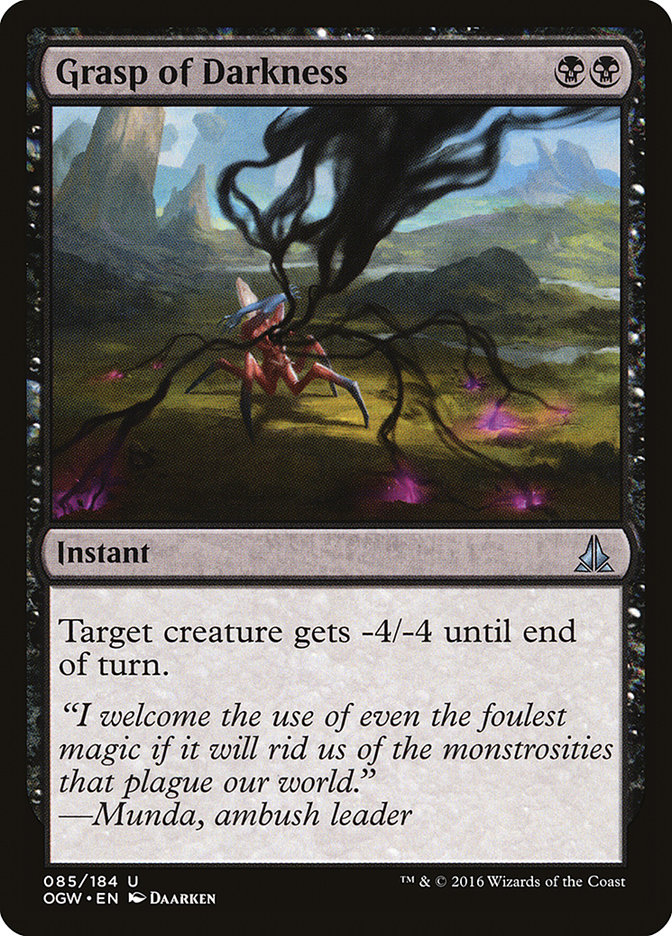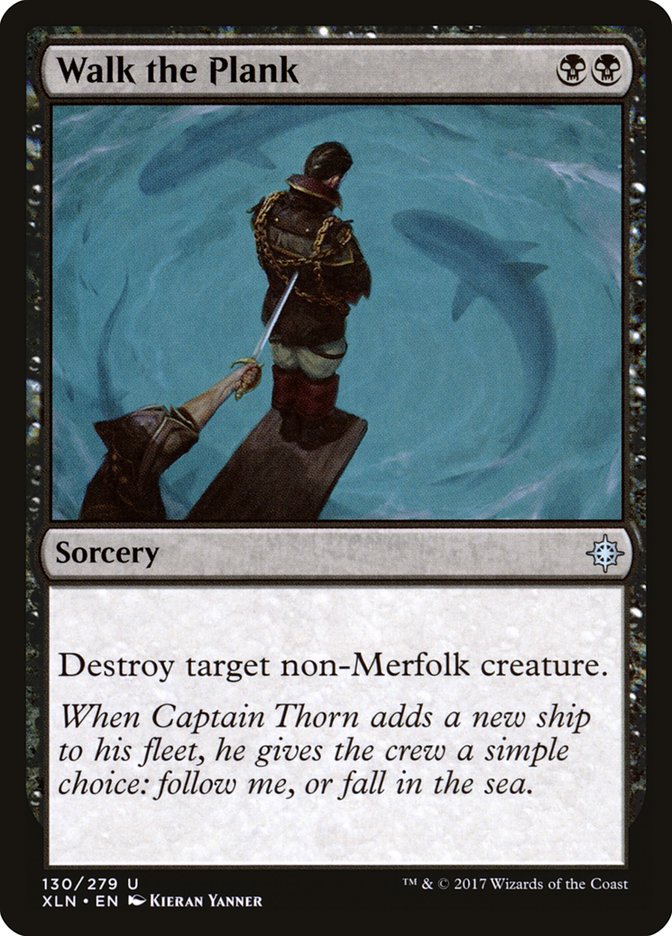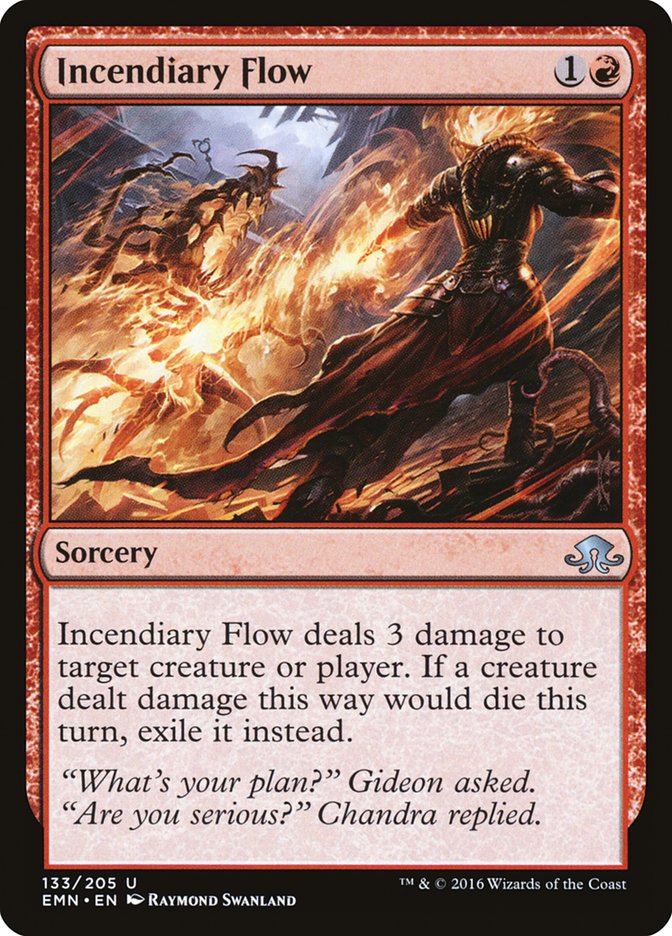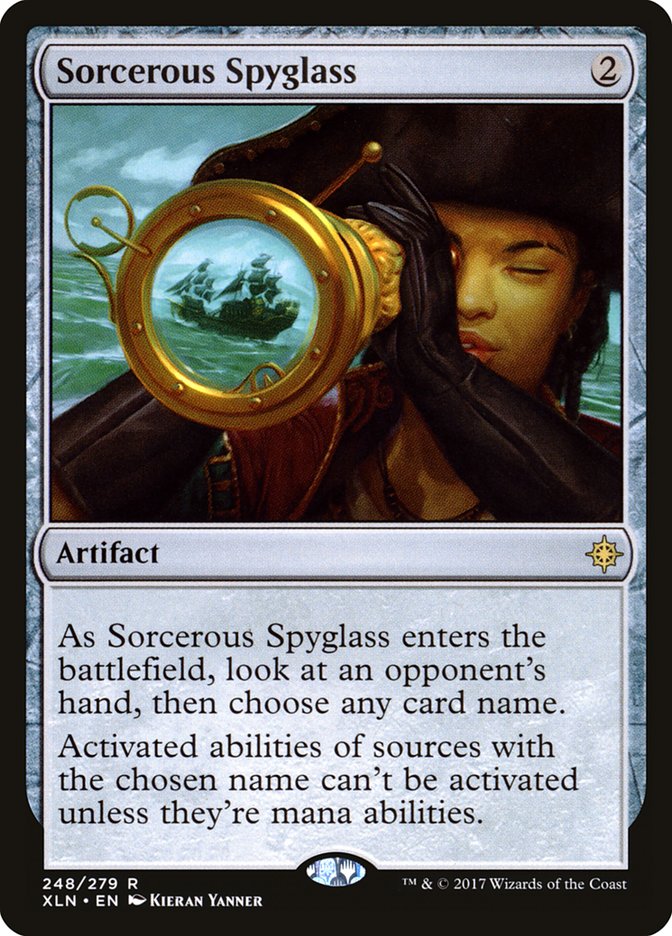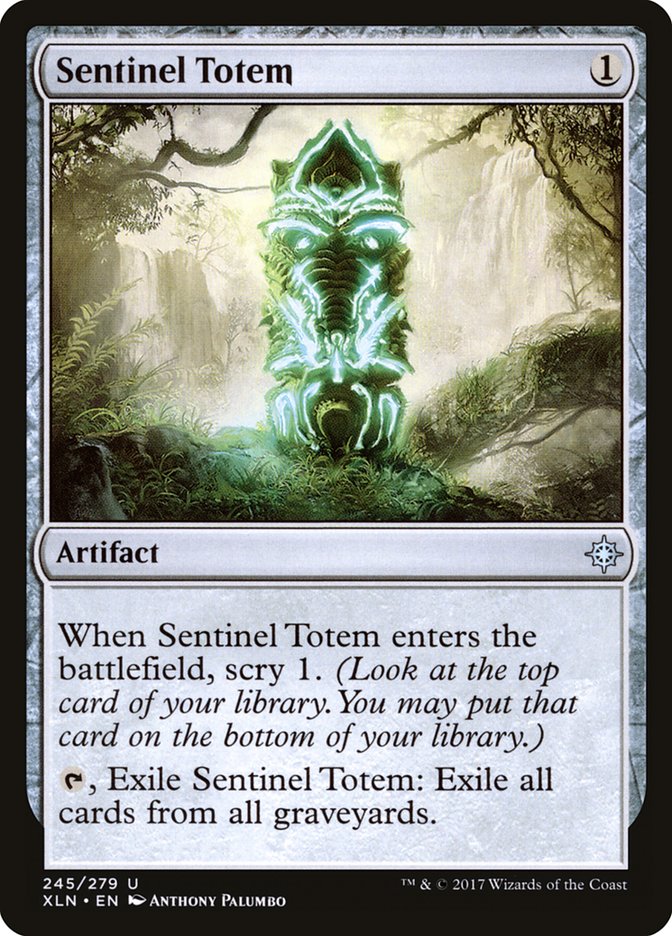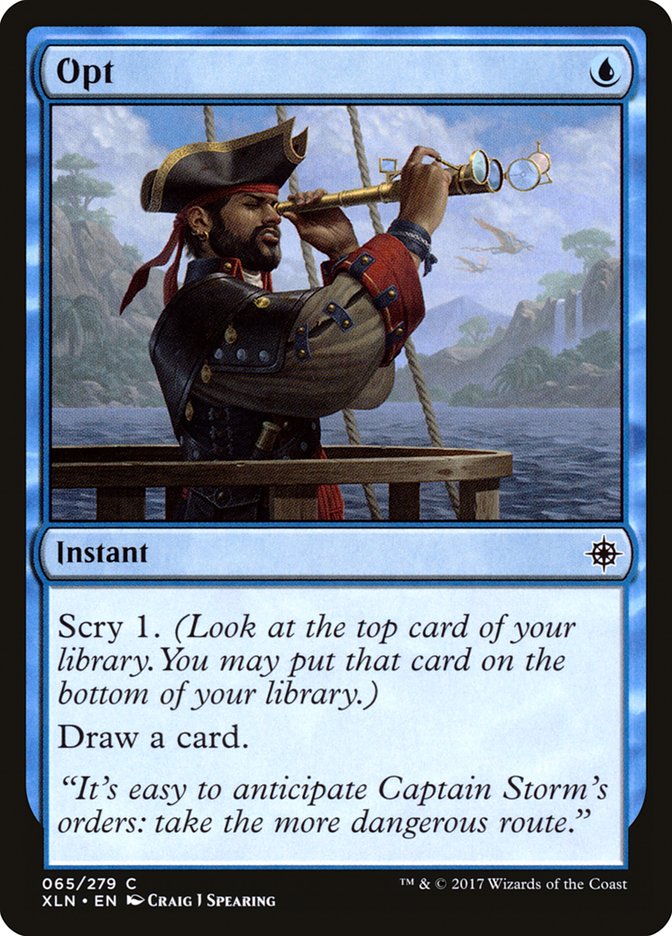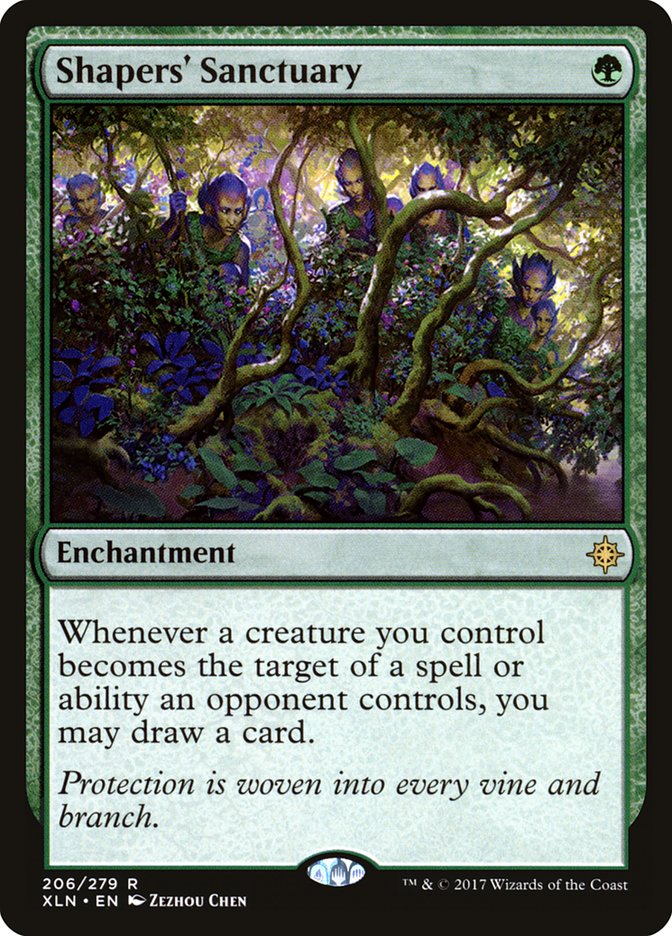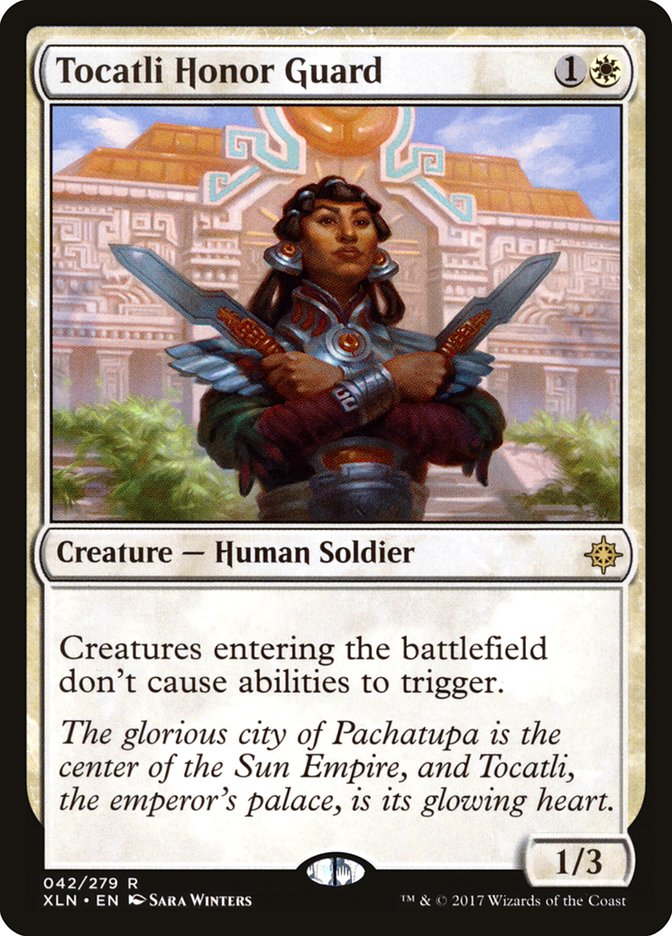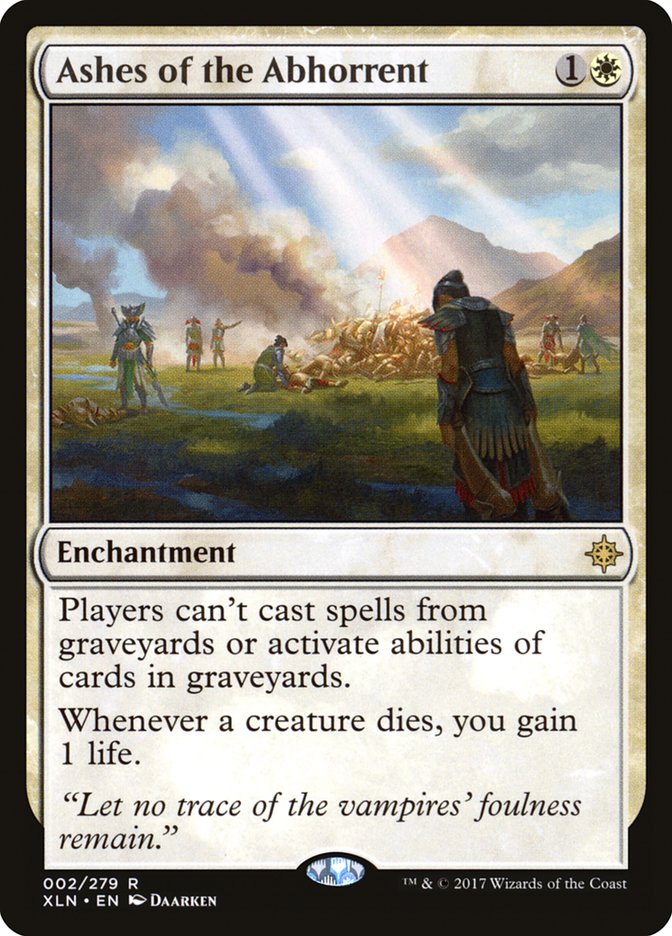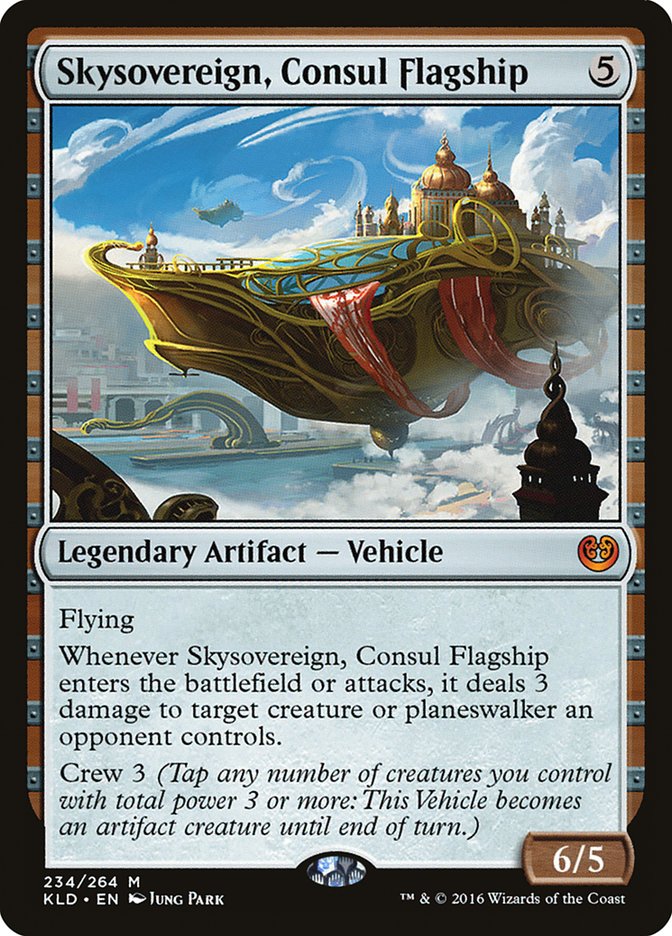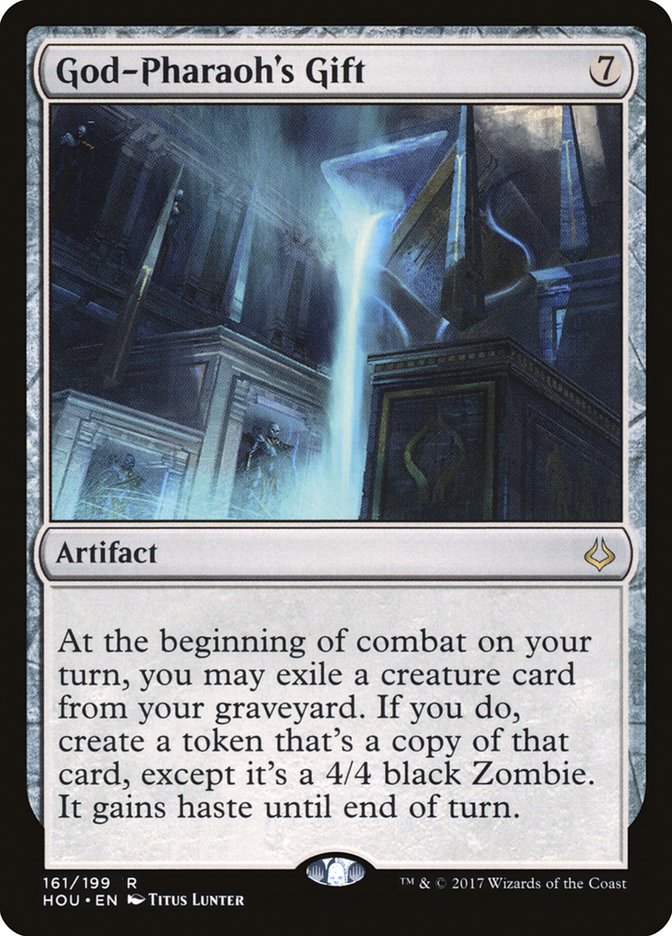I tend to have a hard time during the preview season for a new set. I’m not
the type to see an intriguing new card and immediately start brewing around
it. Nor am I the type to start updating old archetypes with each new card
that gets previewed. No, I’m typically content to sit back and wait for
complete information about the new set before I start the real work of
figuring it out.
In some ways, my approach is sensible. There’s no risk of wasted effort if
a late preview invalidates the deck I was working on. Magic is all
about context, and you simply can’t know that context completely until the
entire contents of the set are public information.
But in other ways, it’s miserable. New cards are exciting, and I’m just as
excited for them as any other Magic player. That excitement has to
go somewhere, and since I don’t want to channel that excitement into
thinking about decks, I ship it off towards examining the new set for
big-picture trends, things that will help me understand what the upcoming
Standard will be like without being at all sure what specific cards will be
played. How the Magic will feel, without regard for what exactly
it will look like.
And there’s one trend above all others that I want to highlight about Ixalan Standard.
Interaction that is both cheap and flexible is back in a big way.
The World That Was
But before we dive into what the increased availability of cheap, flexible
interaction means for Ixalan Standard, let’s take a look at what
its absence did to the Standard we’re about to leave.
In Hour of Devastation Standard, your interactive options were
cheap or flexible, rarely both. Harnessed Lightning could handle
any creature if you built your deck around energy, but the rest of the
format’s cheap removal was not so flexible. Grasp of Darkness and Fatal
Push were powerful but inherently limited. And the format naturally shifted
to accentuate their limitations.
Do you think it’s an accident that the format revolved around powerful
haymaker-style five-drops in a world of Fatal Push?
Interaction is very important to Magic. If we couldn’t interact
with our opponents, games would be decided by raw power alone, and decks
would be built to maximize their power level. Long-term, that wouldn’t be
very much fun for anyone. But why is it good for interaction to be
flexible, and why is it critical that interaction be cheap?
When interaction is flexible, we get to use it more. Flexible interactive
spells in the maindeck will be dead less often, and those in the sideboard
will get to be used more places. In short, having access to flexible
interaction means we don’t have to choose what decks we want to interact
against. We can cover all of our bases with fewer card slots and have
relevant interaction across the breadth of the format.
When interaction is cheap, it doesn’t interfere as much with our own
gameplan. That’s important, because the goal of a game of Magic
isn’t to stop the opponent from winning. The goal is to win for yourself,
and that means casting spells that do things besides interact. The more
mana you get to spend on such spells, the closer you are to winning the
game. The less mana you have to spend on your interaction, the more mana
you have available to be proactive with.
We want our interaction to be flexible, but we need it to be
cheap.
So we play the Grasp of Darknesses and the Fatal Pushes of the world, the
Negates and the Essence Scatters, and we make the best of what we have. Or
we jump through deckbuilding hoops to make cards like Harnessed Lightning
and Metallic Rebuke into the cheap and flexible interaction we crave.
Long story short, cheap will beat out flexible every time. Doomfall is a much more flexible card than Transgress the Mind, but we still
played many more copies of Transgress the Mind than Doomfall in our
sideboards. For the past while, we’ve had Standard formats where we had
access to and played plenty of cheap interaction, but little of it was
particularly flexible.
As a consequence, we’ve had plenty of formats recently where the best
threats consistently ended up being the ones that were just big enough to
be outside the flexibility radius of the cheap removal, formats where there
are a multitude of fringe synergy/combo decks that see success because the
interaction isn’t flexible enough to handle them all.
There’s nothing good or bad about this state of affairs from a gameplay
perspective. I’m not trying to say we’ve had a ton of unhealthy formats
recently. Formats with weak interaction just shape a different kind of Magic, a kind that some people will enjoy more and others will
enjoy less. It’s not inherently good or bad; it just is.
But it looks like it is time for a change of pace.
The Upgrades and the Newcomers
There are a lot of cards previewed so far from Ixalan that are
cheapness and/or flexibility upgrades from Hour of Devastation
Standard counterparts.
This is technically a slight cheapness downgrade, as being a sorcery
effectively makes a card more expensive, but it is a flexibility upgrade.
Getting out of removal range in Ixalan Standard will require
growing gills, not growing up. It’s not a strict flexibility upgrade,
however, as Walk the Plank is worse against haste creatures, Vehicles, and
Hazoret the Fervent.
We’re exchanging exiling creatures for instant speed, and this upgrade is
pretty steep. A lot of the things I mentioned with Walk the Plank apply,
but in reverse. Lightning Strike is better against Vehicles and haste
creatures and effectively costs a little less mana than Incendiary Flow.
It’s both more flexible and cheaper.
Here we have a very clear cheapness upgrade, and an incredibly relevant
one. Being cheap is even more important for discard spells than it is for
other types of cards because discard will never trade for any of your
opponent’s mana. You always go down on mana in the exchange, so being able
to double spell with discard is imperative in order to not lose tempo.
That’s much easier to accomplish with a one-mana spell than a
two-mana spell.
Further, discard is most important as a weapon against control strategies.
One of its main uses in such matchups is to protect your important spells
from being countered, and that involves casting them both on the same turn.
Lead with your discard and follow up with your threat. This is so much
easier to accomplish with a Duress than with a Transgress the Mind.
Before moving on, I’d like to point out quickly that, because of the Ixalan planeswalker rule change, Lay Bare the Heart will no longer
be able to discard planeswalkers. This means that Duress will be a very
important card in Ixalan Standard.
Another strict cheapness upgrade, and another important one. Unlike Duress,
a cast Spell Pierce will almost always trade up on mana. The problem is
that you lose mana every turn you leave Spell Pierce up without casting it.
Think about this penalty applying twice over with Negate, and you can
quickly see the value of losing that extra mana in the cost.
Traditionally, Negate has been used most commonly as a way to stop your
opponent, good against noncreature combo and control. Spell Pierce serves
adequately in that role but is also used as protection. Spell Pierce is
better in the defensive role than Negate simply because it is that full
mana cheaper. Just like with Duress, it means you can leave up Spell Pierce
while making your offensive push much more easily than you could leave up a
Negate. As such, this is one of the rare times where a card has
significantly increased flexibility simply because it is cheaper. Its lower
mana cost lets it serve more purposes.
If that’s all we were getting, the feel of Standard probably wouldn’t
change that much. Upgrades are cool, but they really only increase the
quality of interaction available, not the quantity. But Ixalan is
providing us with more than just interaction upgrades. We are also getting
plenty of new ways to interact on the cheap.
I could write a lot of words about how important I think the Pithing Needle
effect can be. I’ll spare you that, but I will say that I am very excited
about Sorcerous Spyglass. The added-on Peek is not worth the extra mana,
but I’m sure I would pay two mana for actual Pithing Needle pretty often.
This is the kind of flexible interaction that really lets you cover your
bases in deck construction.
You could think of Sentinel Totem as an upgrade to Crook of Condemnation,
but it is so much more efficient that it’s hard for me to compare the two.
Not only does exiling the graveyards cost you two less mana, you even get a
scry out of the deal. Losing the ability to pinpoint-exile cards is not a
big deal. Sentinel Totem should be a good check on graveyard strategies.
Opt is kind of an honorary member of the interaction club. It doesn’t
interact with your opponent, but it does interact with your own deck in an
efficient manner. This can help you find your other interactive spells and
is cheap enough to not cost you much. Playing it increases the
interactivity of your deck, even if it doesn’t interact at all on its own.
Ixalan
also has more than a few cheap cards that are extremely powerful
interaction only good against certain strategies. I won’t talk about them
all individually, but the abundance of them means we can talk about their
overall effect on the format.
Because cards like these are narrow, they are hard to play in large
numbers. They don’t do anything most of the time and you can’t afford to
use too many precious card slots on them. And when base-level interaction
of the format isn’t very flexible, you might not even get to play any.
But that doesn’t look to be the case for Ixalan Standard, so it’s
important to note that we have these options. Shapers’ Sanctuary is
especially intriguing to me, as it feels to me like an enchantment in the
noble mold of Triumph of Ferocity, and I have long been a fan of that style
of card.
The World That Could Be
So, what will all this improved interaction do to Standard?
First, it will decrease the ability of powerful but expensive threats to
dictate games. Investing five mana into a threat is a much scarier
proposition when it is very likely to get answered for less.
Getting your Skysovereign, Consul Flagship Spell Pierced is a disaster. Similar scenarios exist for all expensive threats, and
increased quality of interaction should result in people trying to slam
fewer haymakers. Instead of playing five five-drops, maybe they will play
three. Small changes, but real ones.
Second, it will make sideboards more powerful. If our maindeck interaction
is flexible enough to handle our needs in many matchups, and if we get to
put flexible interaction in our sideboard that can help us out in a variety
of matchups, then we have a lot of room left over for narrow cards targeted
at specific matchups.
It’s the difference between being able to play a graveyard hate card
against God-Pharaoh’s Gift and not having room to justify playing a card
for one matchup. Powerful sideboards are the enemy of fringe strategies and
are made possible by flexible interaction.
Overall, the feel of the Magic will shift. Instead of being two
hulking battleships facing off with cannons, you and your opponent will be
two submarines engaged in a highly tactical duel. You’ll fence instead of
brawling. Whatever your favorite analogy is, games will tend to be about
accruing small amounts of value and eking out an edge rather than
overwhelming your opponent with the brute force of Dragons.
Sorry, I mean Dinosaurs.




